Fashion Design Tips for Clothing Brand Start-ups: How to Make Your Idea a Reality
Ever had your head teeming with fabulous fashion design ideas, but found yourself at a crossroads when it came to translating those into reality? You're not alone. As someone who’s been in the industry 19 years and helping startups for the last 7, I’ve seen it all before - and I'm here to share. This guide will share essential fashion design tips, a step in successful clothing brand development.Today, let's delve into how to bridge the gap between design idea and manufacturing and make sure that the designs in your head are the ones that actually get made.
Want a step by step video series to guide you through creating your next bestseller? Click here.
A Design Idea: More Than Meets the Eye
When I chat with budding fashion entrepreneurs about their designs, they often present me with rough sketches or photographs. While these are valuable initial steps, they don't necessarily portray a fully functioning design. This can cause disconnects when liaising with factories, pattern makers, or others involved in the production process. A design entails more than aesthetics; let's unpack these critical elements……
1.Fit is Key
A great design caters to the right fit for the target customer. The challenge here is that there's no one-size-fits-all. We would love it if there was, wouldn't we? But the reality is people come in all shapes and sizes. Our products need to be tailored to the majority of our customers, and for that, we need to know them really well. And yes, it does involve making tough decisions about who our products are for. As designers and entrepreneurs, we'd love to craft garments that perfectly fit everyone, but the reality is that our capacity to do so is limited by a host of practical considerations. We can't cater to every unique measurement that exists within the glorious spectrum of human body shapes and sizes, as much as we'd like to. However, this doesn't mean we should not strive for maximum inclusivity.
In the fashion industry, understanding your target customer's body proportions and preferences is crucial.
2.Be Specific
"I want it to be good quality." - I can't tell you how many times I've heard this vague phrase. The term 'good quality' is subjective and varies from person to person. Instead, delve into the details – provide picture references, technical sketches, and physical samples, if necessary. Detail every element that you're using in your product, from the fabrics to the trims, the zippers, the labels, construction methods and more.
If you need help with this, head to my ‘idea to factory ready’ info to learn how I can help you with it.
3. Daring to Be Different: Finding Your Niche
A lot of people say to me ‘it’s going to be impossible to get my new brand noticed without a huge budget’ and the reality is, that’s simply not true. Yes, the fashion market is populated, but niching down is an amazing (and often, underused) way, of standing out.
It’s essential for your brand to carve out a distinct identity and create products for a specific audience. While it's important to be aware of current trends, merely replicating other brands' designs won't do. Be 'trend relevant', yes, but always through your own unique lens.
For example, if you’re creating a sportswear brand, zeroing in on a specific sport or workout type can do wonders for your brand. By focusing on a niche, you have the opportunity to become a specialist, catering to a specific group of fitness enthusiasts. This focus makes it easier to develop 'raving fans' who are excited about your brand and products because they cater so well to their specific needs.
We go through the process for doing this in The Fashion Design Challenge, plus I give you an easy to use template to help you. Click here for info on that.
4. Building a Cohesive Range: The Key Increasing Profits
Think of your collection as a harmonious range rather than individual pieces. A well-thought-out range that allows customers to mix and match across your collection can boost your sales significantly. This approach encourages 'add-on sales', my favourite way of increasing profits. This method works because it increases the chances of customers purchasing more than one item, and therefore increases how much the average customer spends.
5. Manufacturing: Choosing the Right Partner
It's vital to partner with a manufacturer that specialises in the kinds of products that you’re making. The unique construction methods and equipment needed for different types of clothing manufacturing necessitate expertise, so don’t consider a factory who isn’t specific to your product.
It’s also important to know that in the current climate, manufacturers often have their hands full. As a result, factories are choosier, making it even more critical for new brands to approach manufacturers fully prepared. Having your tech packs, quantities, and timeline ready before you make contact shows potential suppliers you mean business, and therefore they are much more likely to take you seriously.
Embarking on the journey of starting a fashion brand is an exhilarating experience, with tons of opportunities for creativity and growth. To equip yourself to succeed, consider joining my free masterclass, 'How to Get Your Fashion Ideas Produced'. This masterclass will provide you with an insight into what you need to prepare to get factory ready, plus how you can manage the factory and produce high quality products. Click here to register free for the masterclass and start bringing your fashion ideas to life!

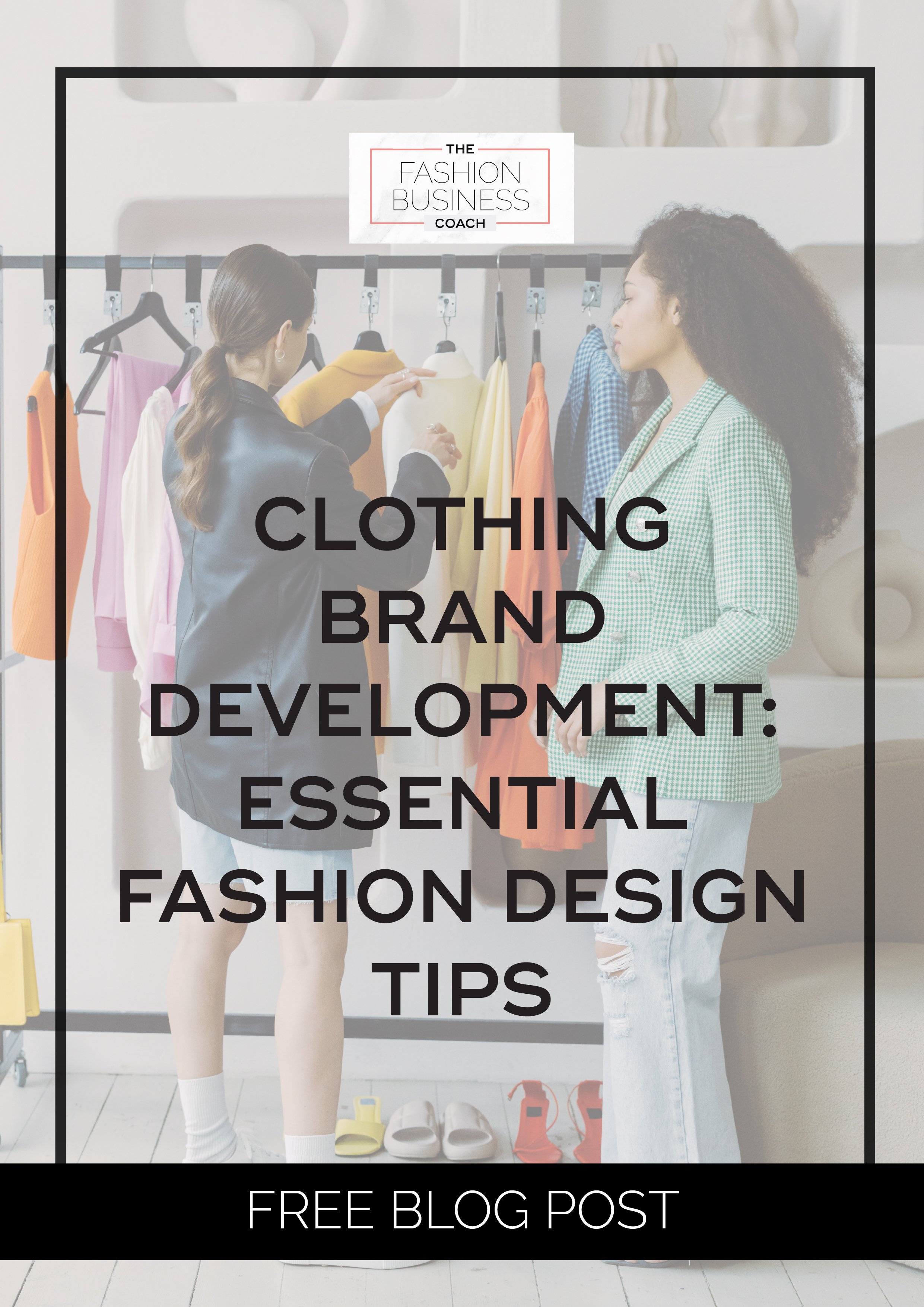


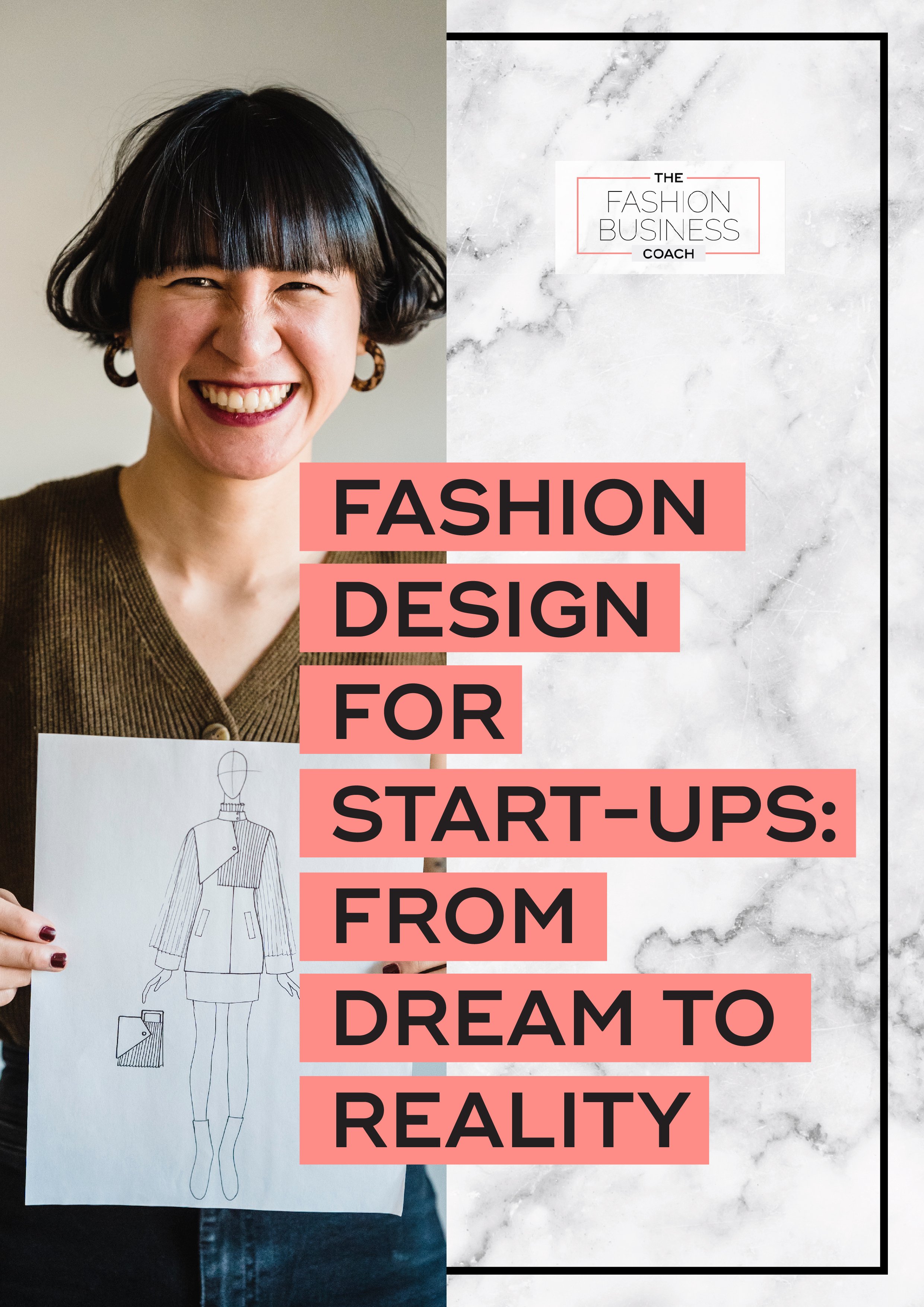
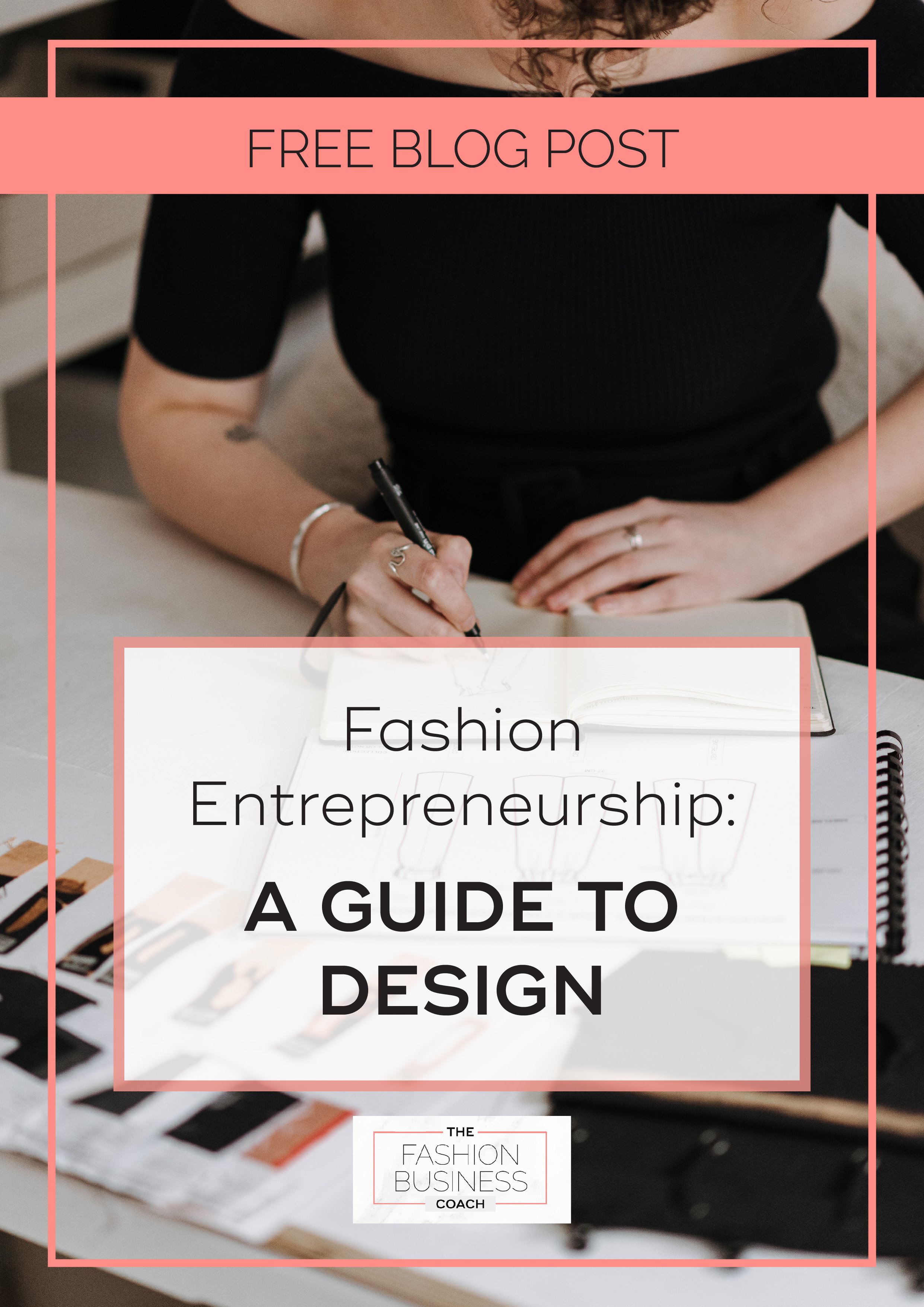
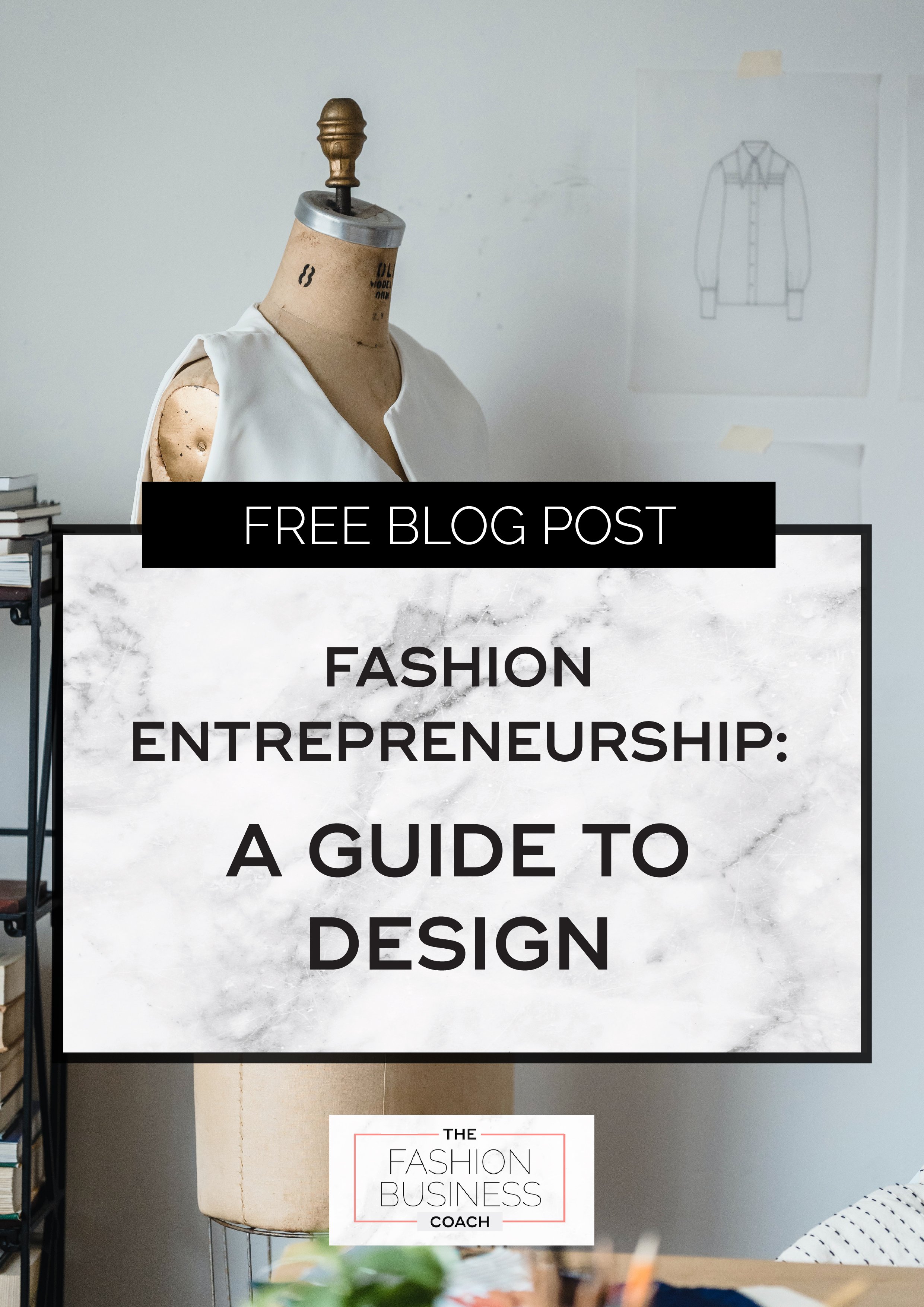

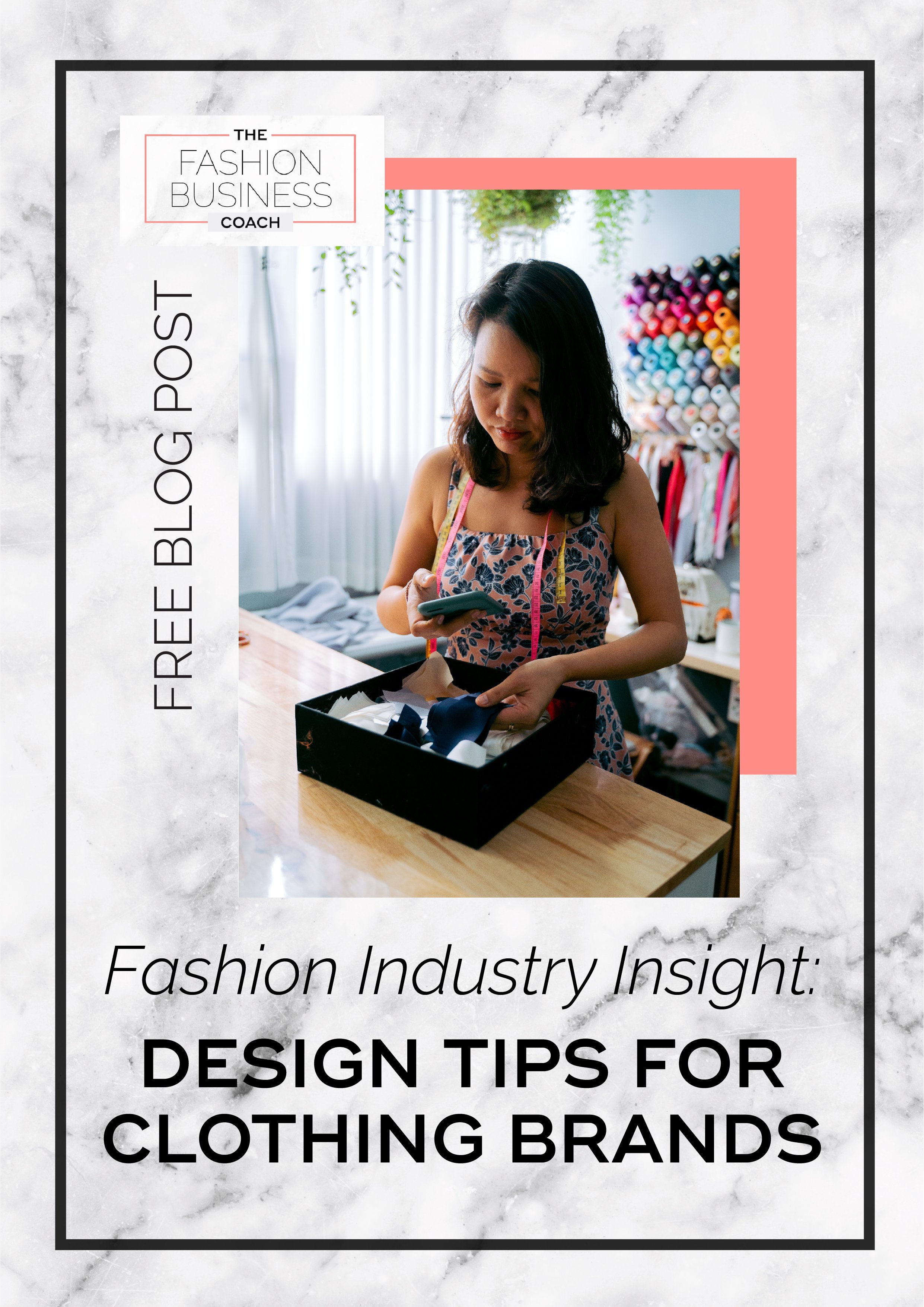

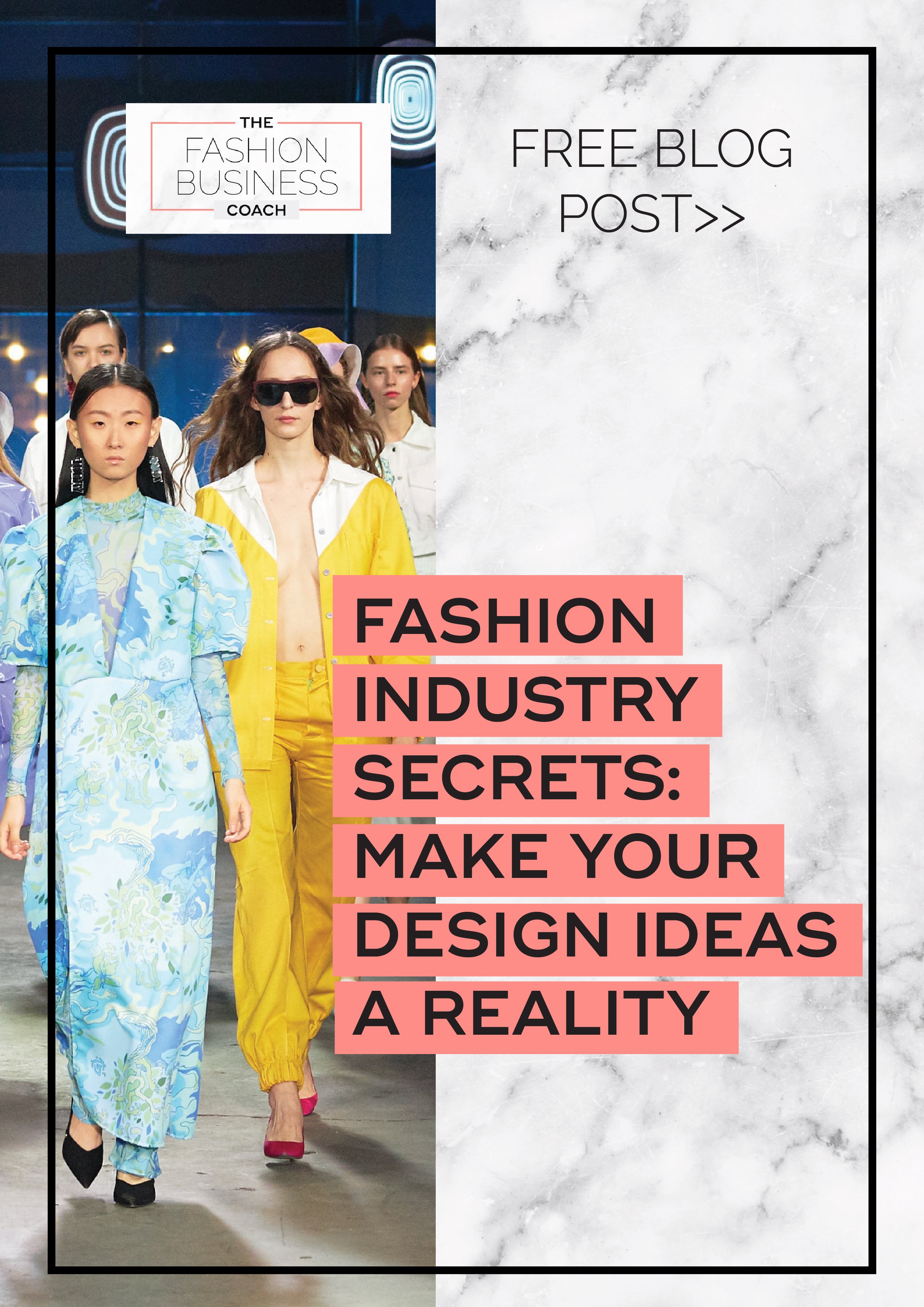
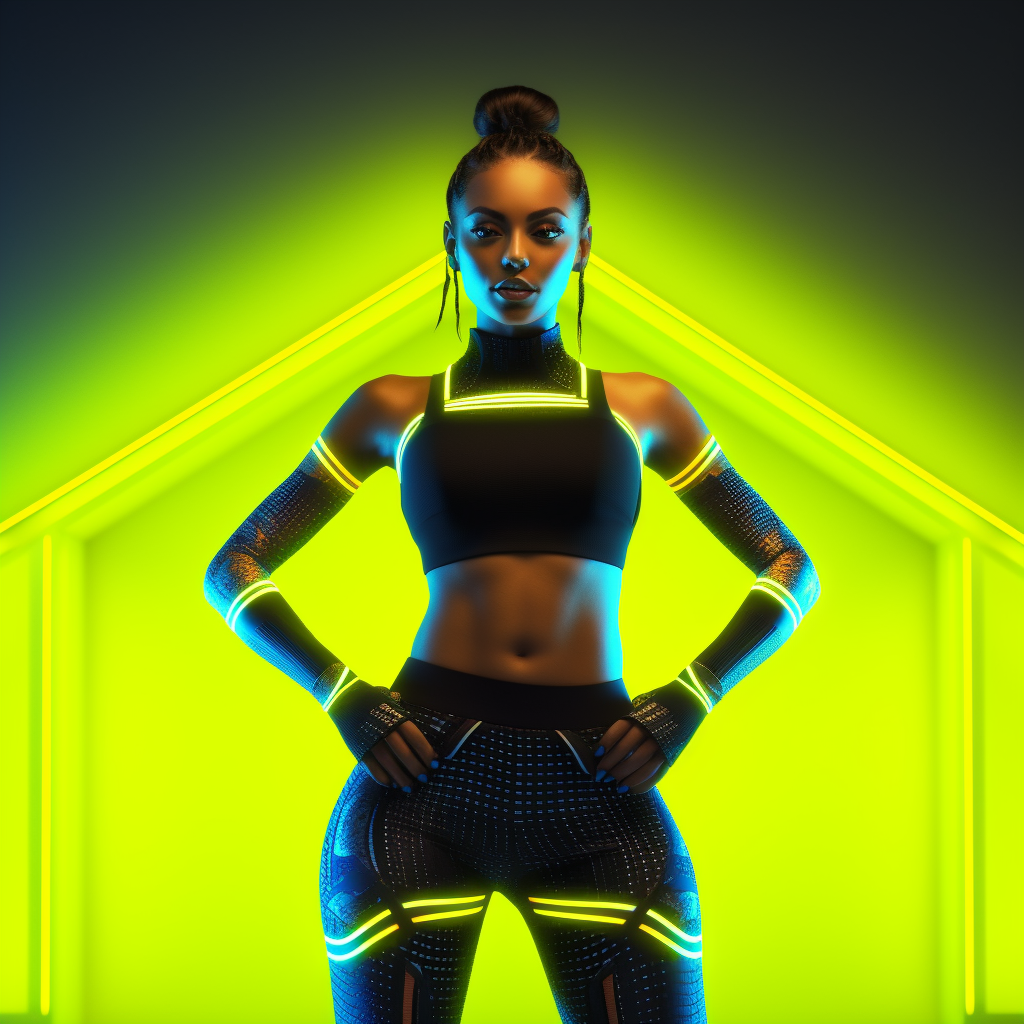
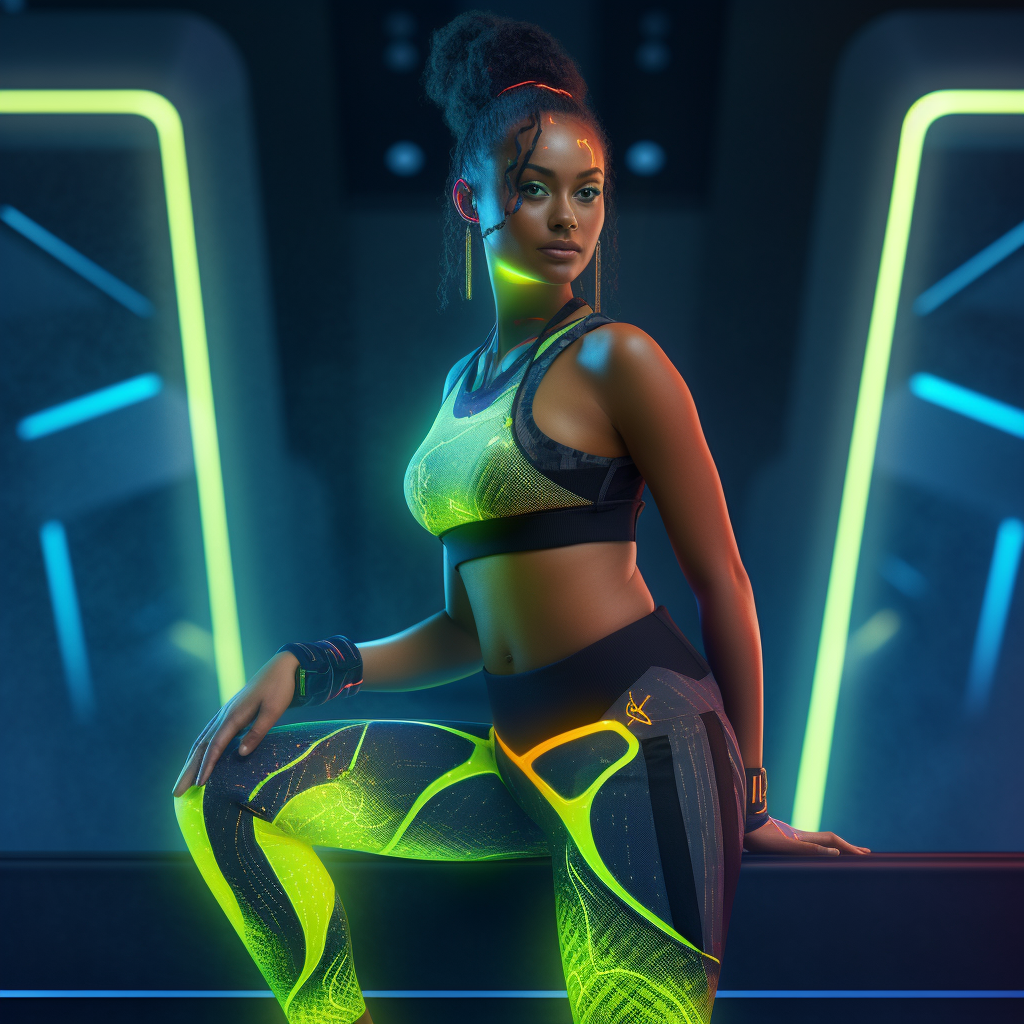










Pickleball outfit inspiration……